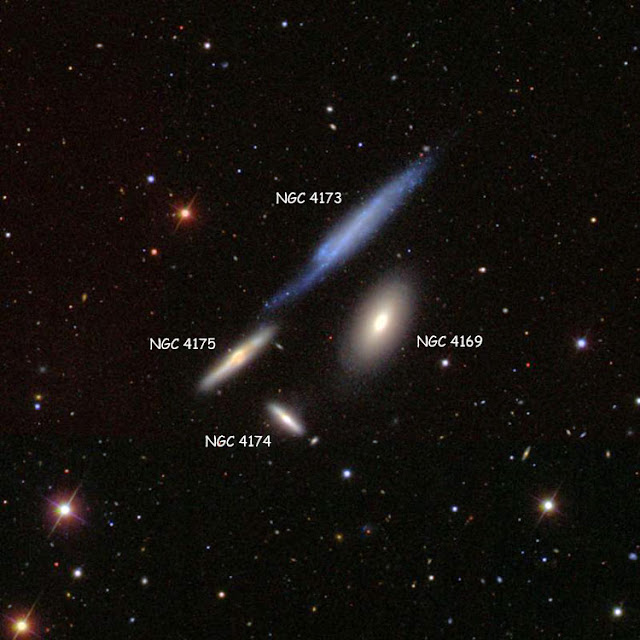Many of us enjoy day trips, being easy-to-arrange travel getting us there and back in the same day. Nearby Ontario places like Point Pelee, the city of London, Sarnia, and smaller centers and parks in between, offer good options for a quick and easy mini-vacation. When the US border is open, Detroit offers a virtual Milky Way of day trip options, from concerts, sporting events, and art galleries, to shopping, dining, and whatever else one might wish to do in a large city. Ann Arbor, Toledo, and many interesting suburbs offer the day visitor many more options. Windsor and Essex County citizens are fortunate to have so much on offer so near to home.
Now imagine if our local environment changed gradually over the year. Slowly, Chicago emerges across the river instead of Detroit, and next season it’s New York. Point Pelee then changes to a mountainous national park for totally different experiences for the hiker, photographer, and nature lover. The following year Detroit is back, and so the cycle of seasons go. Imagine all that there would be to do for the day tripper if such things really happened.
Well, it sort of does happen, only at night, and in the sky. As the seasons change, so does our view looking outwards from Earth. A day trip becomes a night trip, and while some sights can be viewed well from city and suburban yards, to get the full spectrum of what is on offer, it is best to take a little drive into the country, where skies are darker and more welcoming to the amateur astronomer. While we might think nothing of driving two hours to a daytime destination for a pleasure outing once in a while, why not consider doing the same for astronomy’s sake? I would love to find a usable dark sky sites beyond Essex County, but not too far away. A once per month small group outing for a long observing session might be just the ticket to refresh ourselves. While Point Pelee is a valid option, it has to happen on a certain night, and if that night is cloudy, all bets are off for another month. A bit more flexibility is needed, with the weather conditions we have to live with here. Hallam has improved a lot with the gradual dimming of greenhouse lights, but the south sky is still a mess, and of course the northwest and west is worse.
Here are some celestial places where I have spent fun times so far in 2021. In late winter I observed in Canis Major and Orion. In the early spring I spent time visiting and observing objects in Sextans and Coma Berenices, as well as Serpens Caput. Later in the spring and into early summer I visited Ophiuchus, Sagitta, and Hercules. In late summer and early autumn (so far) I have been to Cassiopeia and Aquarius. While I haven’t travelled much on day trips during the pandemic, I have managed quite a few excursions into the night sky. There is so much to see, and so little time.
Messier of the Month: M 15 in Pegasus
I first made the acquaintance of this fine globular star cluster in mid-August, 1977. I was using my Tasco 4.5” reflector, and this marked my 51st Messier object at that time. At 72x I was able to resolve 4 or 5 stars on the outer limits of the central mass. I mentioned at the time the beauty of the bright white center against a perfectly black sky background. That observation was made at the family camp on Lake Penage, west of Sudbury.
Jump ahead to November 8th, 1991, and to my backyard in old Anderdon Township. This was my first view of it using the Edmund 8” reflector. My view was hampered that night by a brilliant display of aurora. Many members will remember that night, as red aurora flooded Essex County skies. Check back into your observing notes. In Sudbury, aurora were frequent and mostly annoying, but have proved to be quite rare in Essex County. This was a major display.
The following night I was able to resume normal observations. Stars were resolving nicely at 112x, which was not possible the previous night. 169x gave the best view, with stars resolving all across the cluster. Higher powers were applied, but focussing became quite tricky.
Now jump to October 25th, 2014. From Hallam Observatory I was able to view M 15 with my newly acquired 12” reflector. Here are some quotes from my notes from that night: “A 12” scope is a most useful tool when it comes to resolving globular star clusters. [M 15] was observed tonight at all magnifications, from 43x through 250x. Each step up is an adventure, and one worth repeating... It begins to resolve at 60x, and at 100x stars are resolving to near the core... At 187x a notable clump is north preceding the bright core. 250X breaks up the core, with dark areas just south. The center blazes and is still very dense...”
M15 is easily viewed in October skies, seen well ahead of the Great Square.
M 78
Messier 15, or gc 7078: 18’; visual mag. 6.3; Brightest stars mag. 12.6. It was discovered in 1746, and lies about 34,00 light years away. There are about 100,000 stars in this densely packed group. In small telescopes (my 2” Space Eye refractor, for example), it could easily be mistaken for a comet.
Mapman Mike




